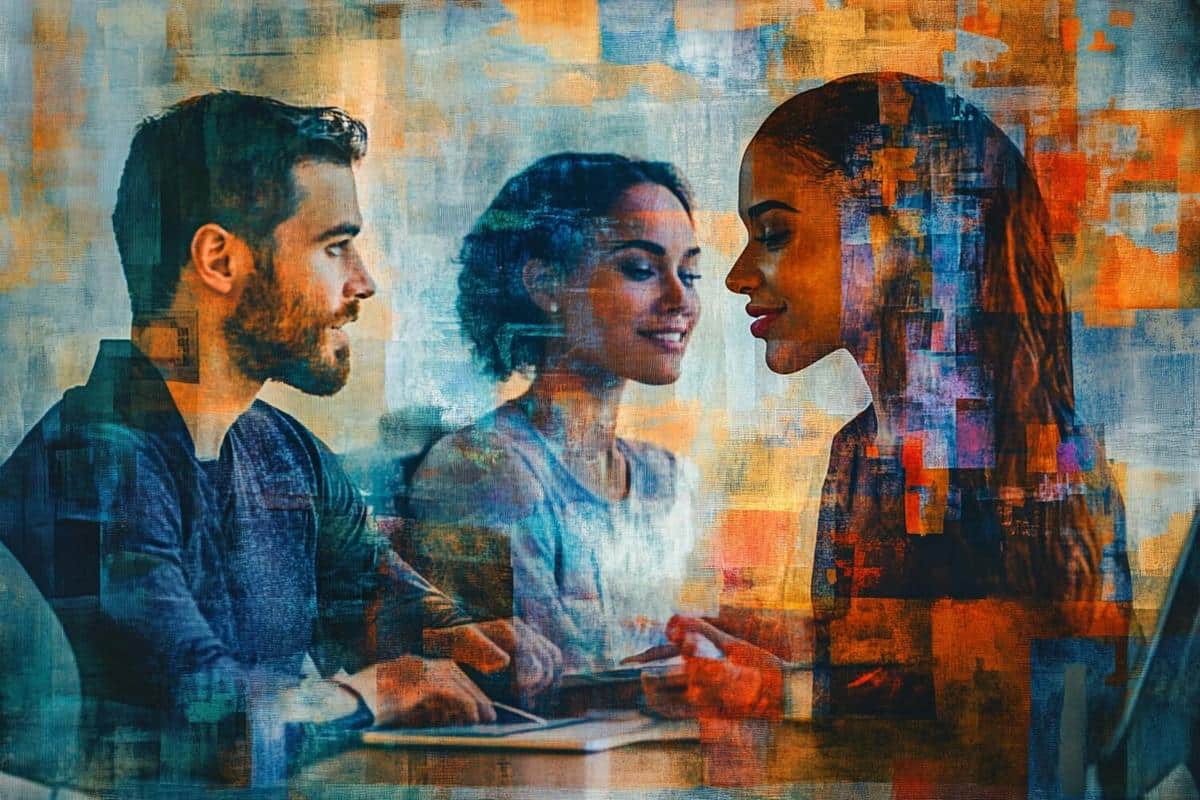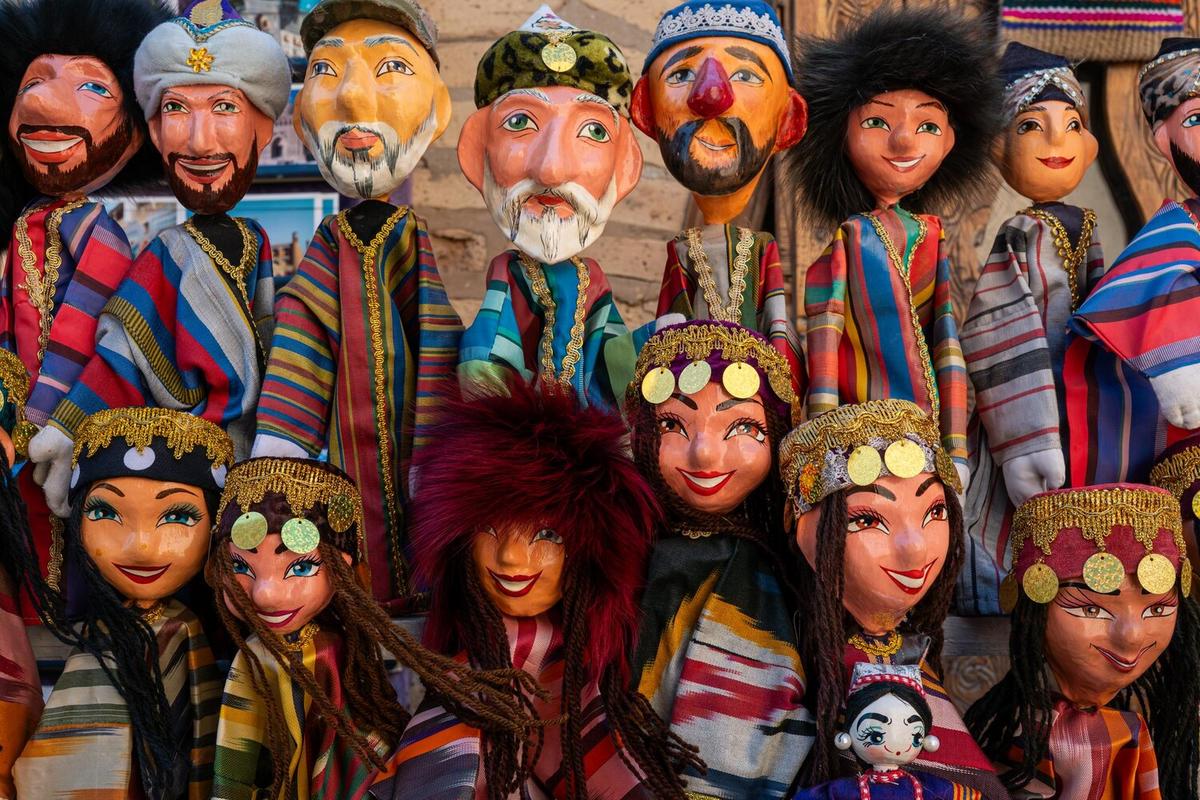
How Social Media is Shaping the Future of Art
The intertwining paths of art and technology have always sparked curiosity and innovation. Today, social media is at the forefront of this synergy, reshaping how art is created, shared, and appreciated worldwide.
Social media platforms have become vibrant galleries where artists can showcase their work without the constraints of traditional art spaces. This democratization of art has allowed for a more diverse range of voices and styles to emerge, reaching audiences that were previously inaccessible.
The Role of Social Media in Art Creation
Artists are finding inspiration in the rapid exchange of ideas facilitated by social media. Platforms like Instagram and TikTok have become incubators for creativity, allowing artists to experiment with new forms and techniques. Renowned art critic Jerry Saltz notes that social media has enabled artists to bypass traditional gatekeepers, providing them with direct access to their audience.
Statistics and Trends
According to a report by Artsy, 65% of collectors surveyed said they purchased art they discovered on social media. This trend highlights the growing importance of social media in the art market, influencing both emerging and established artists.
Personal Stories: Artists on Social Media
Consider the story of Alex, a digital artist who gained international recognition after their work went viral on Twitter. What started as a small following quickly grew into a community of thousands, leading to collaborations and exhibitions worldwide.
Building an Art Community Online
Social media is not just a platform for showcasing art; it’s a space for building communities. Artists can engage with their audience, receive instant feedback, and collaborate with peers. This sense of community can be incredibly motivating and supportive, especially for emerging artists.
Actionable Tips for Artists
- Consistently update your profile with new work to keep your audience engaged.
- Engage with your followers through comments and messages to build a loyal community.
- Utilize hashtags effectively to increase the visibility of your work.
Engage with art communities on platforms specific to your niche to maximize your reach and influence.
The Future of Art and Social Media
As technology continues to evolve, so too will the ways in which art is shared and consumed. Virtual reality and augmented reality are beginning to offer new, immersive ways to experience art, further blurring the lines between the digital and physical worlds.
| Social Media Platform | Artistic Feature | Audience Reach |
|---|---|---|
| Visual storytelling | 1 billion+ monthly users | |
| TikTok | Short-form video | 800 million+ monthly users |
| Real-time updates | 330 million+ monthly users | |
| Inspiration boards | 400 million+ monthly users | |
| Community groups | 2.8 billion+ monthly users | |
| DeviantArt | Artist communities | 61 million+ registered users |
| YouTube | Video tutorials | 2 billion+ monthly users |
| Behance | Professional portfolios | 10 million+ creative professionals |
FAQs
How can artists effectively use social media?
Artists should focus on building an authentic presence, engaging with their community, and continuously showcasing their work.
What platforms are most beneficial for artists?
Platforms like Instagram, TikTok, and Behance are particularly favorable due to their visual nature and large user base.
Conclusion
Social media is undeniably shaping the future of art, offering unprecedented opportunities for artists to share their work and connect with audiences globally. As these platforms continue to evolve, they will undoubtedly play a crucial role in the art world, driving innovation and collaboration. Embrace these tools, and let them be a catalyst for your artistic journey.


